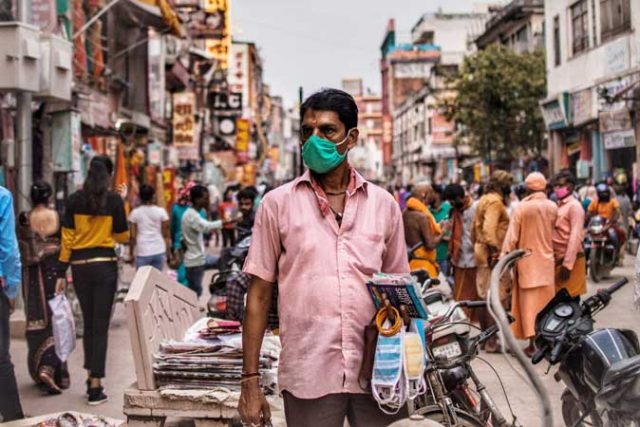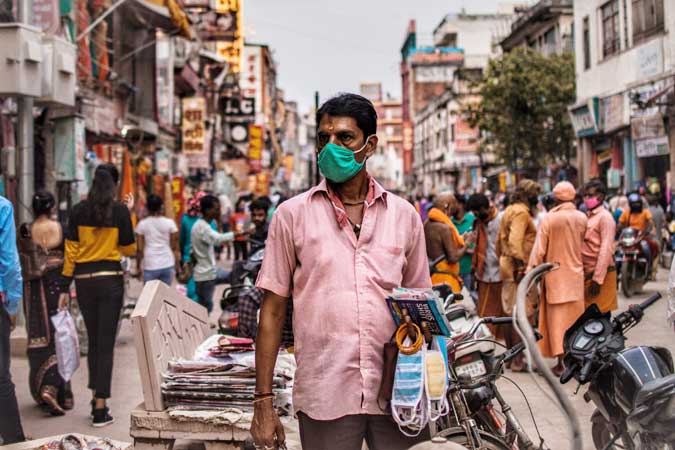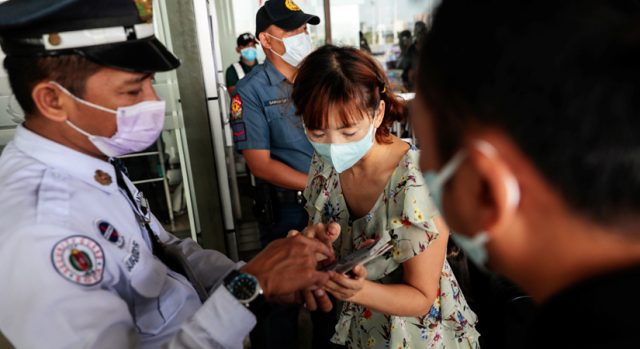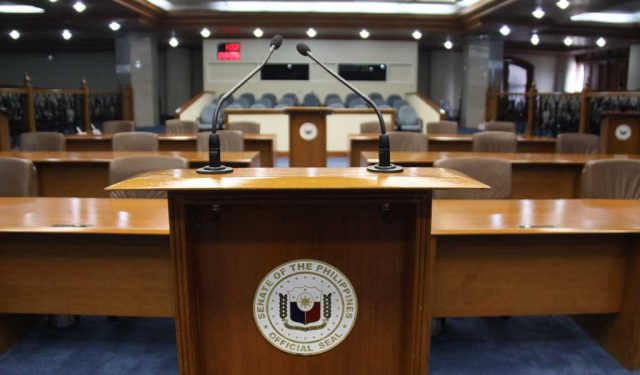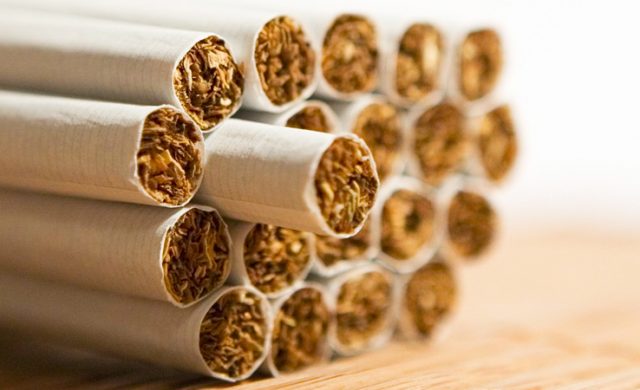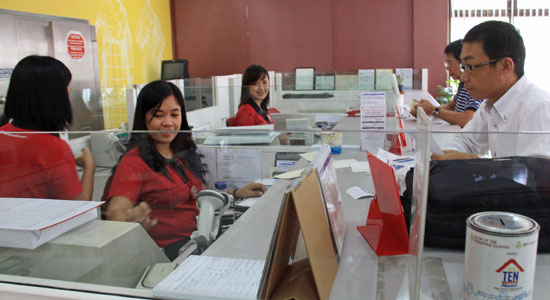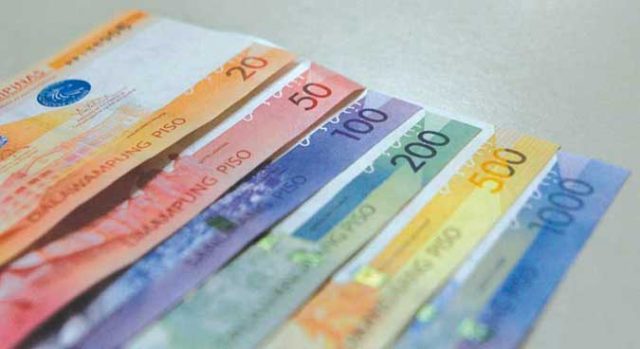Hyperbole, braggadocio and joke-only
We should be talking about the deepest recession since the Marcos dictatorship 35 years ago. That is not hyperbole — it is the fifth consecutive quarter that the country has registered negative GDP growth due to the pandemic. On Tuesday, May 11, the Philippine Statistics Authority (PSA) announced that the country’s gross domestic product shrank 4.2% in the first quarter of 2021, confirming that the economy is in the ICU (Intensive Care Unit) and will recover even slower than earlier diagnosed.
But at the start of the year, Bangko Sentral Governor Benjamin Diokno was all braggadocious about the economy. At the 24th Membership Meeting of the Rotary Club of Manila on Jan. 6, Diokno said, “While the real domestic GDP could contract by 8.5% to 9.5% in 2020 amid the community quarantines, economic activity in the country is projected to recover and expand by 6.5% to 7.5% in 2021 and by 8% to 10% in 2022, as global and domestic economies gradually re-open.” (Reported in bis.org/review). The PSA confirmed at end January that for the full year 2020, GDP plunged 9.5% — the steepest economic contraction in Philippine history since the PSA began collecting annual data in 1947 (BusinessWorld, Jan. 29, 2021).
“How can this be?” one might rhetorically ask of the trusty Angel Gabriel like the Blessed Virgin Mary asked at the Annunciation. The jump of GDP growth from minus 9.5% in 2020 to positive 6.5% to 7.5% at end-2021, after a foreboding minus 4.2% in Q1/2021 would be a miracle. Oops — that is hyperbole, of course!
Perhaps there is not much focus on the status of the economy (a macro issue) while the COVID pandemic still grasps people’s faces to look eye to eye with sickness and death (a personal, basic issue). Health before wealth. After an initial hesitancy of most to be vaccinated under an “Emergency Use Authority” (EUA) of the only two vaccines earliest available — Sinovac’s CoronaVac, commonly referred to as simply Sinovac, and the Oxford-AstraZeneca COVID-19 vaccine, commonly referred to as AstraZeneca — people in the Priority Groups A1 (healthcare workers and other frontliners), A2 (Seniors), and A3 (those with comorbidities) agreed to be vaccinated. AstraZeneca was preferred but vaccinees had no choice but had to accept what was available in their municipality. The AstraZeneca supply soon ran out and Sinovac, a Chinese brand 6.5 times more available than the former, was jabbed into most A1 and A2. As of May 18, 2,512,942 people were vaccinated or 2.3% of the population, with only 786,528 (0.7% of population) of those vaccinated having received both first and second doses.
In April, Vaccine Czar Carlito Galvez, Jr. boasted that 70 million people will be vaccinated by the end of this year. Braggadocio? How can this be, former Health Secretary Manuel Dayrit said to Rappler (April 27, 2021)? “To reach 70 million full vaccinations this year, the government needs to go from 44,000 injections a day to 500,000 a day starting in June, when the promised other more preferred vaccines will start coming. LGUs are used to vaccination levels of only two million a year for children,” Dayrit said. He thinks the vaccination program will extend to 2022 or even beyond. He added that there’s the problem of a big chunk of Filipinos, “as high as 30% to 40%,” refusing to get shots. Fact or hyperbole?
Yet, on TV News last Thursday, ABS-CBN anchors Tony Velasquez and Danny Buenaflor showed LGU centers with hordes of walk-ins who insistently wanted to get vaccinated, even without the prerequisite scheduling of the Mayor’s Office. On Friday, GMA News was still reporting the hordes that came for AstraZeneca and Pfizer vaccines. How can this be? The answer came from on-site interviewees who plainly and honestly said that they wanted to be jabbed with the Pfizer-brand vaccine which just came in, or with AstraZeneca, now that it is available again, instead of the abundant no-choice-but Sinovac seen as pushed by government. Could there be more faith in US-made vs. made in China? Or a collective doubt about anything Chinese?
How strange that it would take the hesitancy towards a Chinese-made vaccine to draw out some maybe-unspoken doubts about Chinese-Philippine relations! The common consciousness about Chinese aggression in the West Philippine Sea (a.k.a. South China Sea) surfaced when, on March 7, over 200 Chinese militia ships were spotted in the Julian Felipe Reef around 175 nautical miles west of Bataraza, Palawan, within the country’s 200-mile Exclusive Economic Zone (EEZ). It was Defense Secretary Delfin Lorenzana who first publicly protested on April 3 (almost a month later) about the intrusion. “They (the Chinese militia ships) sought shelter from inclement weather,” the Chinese embassy explained (as recounted by Tony Lopez in BizNews Asia, May 10, 2021). It only revealed the differences of opinion even at the Cabinet level vis-à-vis President Duterte on China. Duterte has since issued the gag rule, barring his Cabinet from publicly discussing the South China Sea dispute (The Diplomat, May 19, 2021).
Former Supreme Court Associate Justice Antonio Carpio led the public outcry at the delayed and mixed reaction of government against the intrusion of China. He has been “the voice of one crying out in the wilderness” (like John the Baptist) for the Philippines to claim its territorial and maritime rights in the South China Sea as confirmed by the arbitration case awarded in July 2016 against the People’s Republic of China (PRC) under Annex VII to the United Nations Convention on the Law of the Sea (UNCLOS). Justice Carpio and then-Foreign Affairs Secretary Albert del Rosario worked since the filing of the arbitration case in 2013 against the insistence of China on its own “nine-dash-line” of revised boundaries that infringed on Philippine sovereignty and rights (12 nautical miles) and jurisdiction over its EEZ (beyond the 12 nautical miles up to 200 nautical miles).
“We must fight this battle with China. We must preserve our sovereign rights in the West Philippine Sea through the rule of law,” Justice Carpio declared in print, mass media, and social media. For this, Carpio got threats of fisticuffs and collaring from Duterte. Perhaps it was unrealistic for Carpio to expect that Duterte would retract his lurid reactions to Carpio’s protest. “Launched through the Change.org platform, the petition urged Duterte to retract his statement that the arbitral ruling in favor of the Philippines is a scrap of paper meant to be thrown in the wastebasket. Carpio said the President should also take back his earlier statements that China is in possession of the West Philippine Sea and that Chinese nationals can fish there” (GMA News, May 14, 2021).
Carpio said Duterte’s statements could be considered betrayal of public trust, which is an impeachable offense. However, the retired justice admitted that impeaching a president who enjoys wide support in Congress will be an exercise in futility. Duterte lashed back, calling Carpio “stupid” on national television, and challenged Carpio to a debate on the West Philippine Sea. But the President backed down upon the advice of some Cabinet members.
Duterte admitted his statements in the debate could be construed as policy. “It’s not because I’m afraid of debates,” he said in his weekly talk to the nation on COVID-19 response and other issues.
At least the Filipino people gained something good from the morality play that was the latest Chinese intrusion in the West Philippine Sea: perhaps President Duterte now realizes (for the moment) that what he says in public is policy, and not retractable loose talk or “joke only.” While a president is president, his mind and heart are inseparably and indistinguishably for, and only for, the Filipino people.
Duterte, in the lead-up to the 2016 polls, said he would ride a jet ski to the Spratley’s in the West Philippine Sea, plant the Philippine flag in a Chinese airport on reclaimed land there, and tell Beijing, “This is ours.” (ABS-CBN News, May 10, 2019).
“That was campaign period and that joke, we call it bravado. My bravado was a pure campaign joke, and if the other side believes that, maybe even Carpio did, I would say you’re stupid,” Duterte said on national television (Ibid., ABS-CBN).
Enough of hyperbole, braggadocio, and “joke only.”
Amelia H. C. Ylagan is a Doctor of Business Administration from the University of the Philippines.

